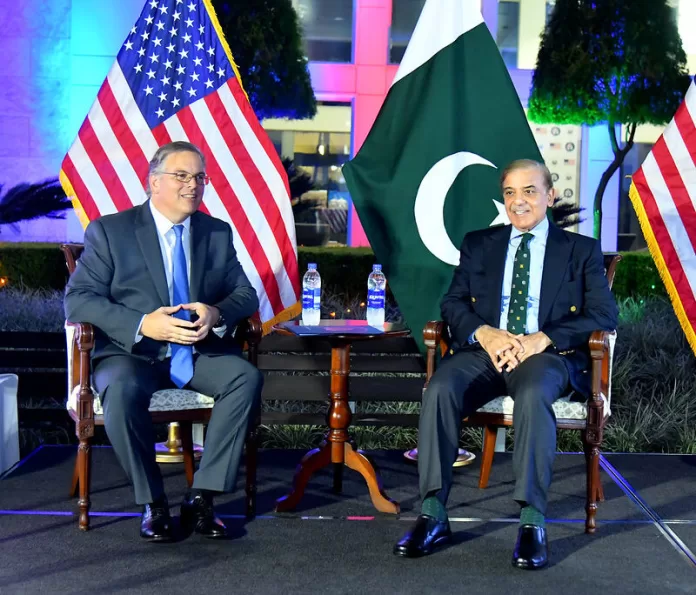Introduction
Pakistan and the U.S. have had a complicated relationship since 1947. Factors like regional dynamics, security concerns, and geopolitical considerations have affected their economic ties. The U.S. has given significant aid to Pakistan, but support has fluctuated due to changes in Pakistan’s policies. Although there has been bilateral trade between the U.S. and Pakistan, it has largely favored Pakistan. Pakistani goods, especially textiles, and clothing, have found a large market in the US. Particularly in industries like infrastructure, telecommunications, and energy.
Strong economic and commercial ties exist between Pakistan and the United States, with two-way trade reaching $8.89 billion in 2021. One of Pakistan’s biggest trading partners and a top source of Foreign Direct Investment (FDI) remains to be the United States. A 24 percent increase above $2.91 billion in 2020, American exports to Pakistan totaled $3.61 billion in 2021. The value of Pakistan’s exports to the United States in 2021 was $5.27 billion, up 35% from the year before.
The two nations collaborate in several sectors, including energy, trade and investment, health, sustainable energy, and addressing the climate problem, as well as counterterrorism and stabilizing Afghanistan. Over the past 20 years, Pakistan has seen a lot of investment from the United States. The amount of U.S. direct investment in Pakistan surged by 50% during the most recent fiscal year, making it the greatest level in more than ten years. Consumer products, chemicals, energy, agriculture, business process outsourcing, transportation, and communications all receive a significant amount of U.S. investment. Senior representatives from the U.S. Department of Commerce, Department of State, and U.S. International Development Finance Corporation (DFC) have met with Pakistani leaders as part of efforts by the United States to strengthen its business connections with the country. Regulating, protecting intellectual property, and taxing are just a few of the areas where Pakistan’s business climate needs to be improved. Pakistan and the United States continue to collaborate to achieve business climate enhancements.
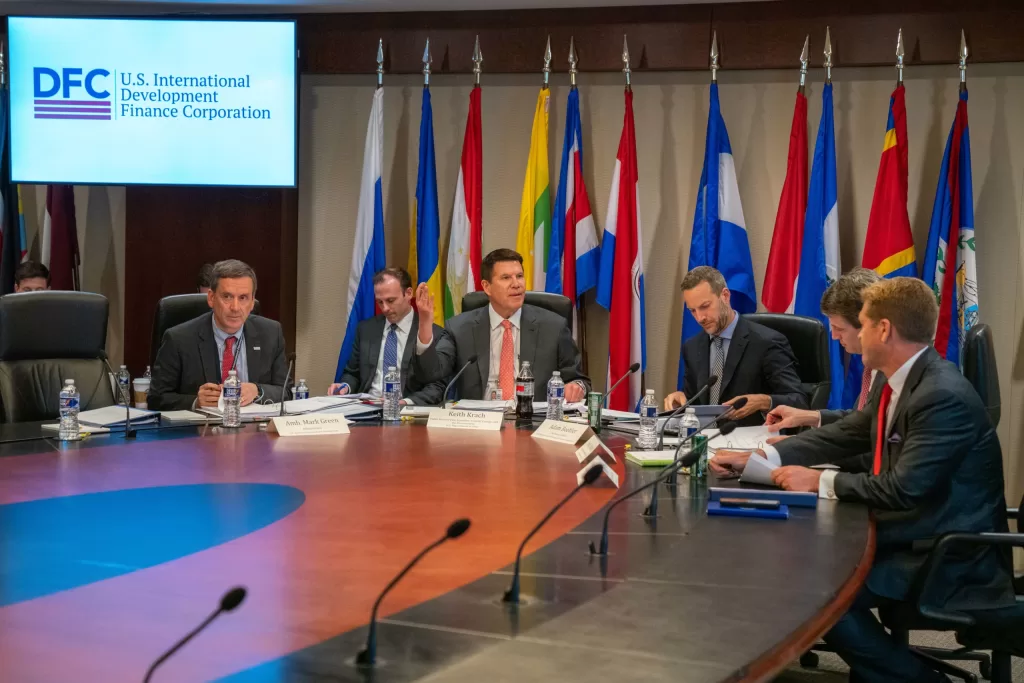
In the past, security issues have been a major factor in determining how the two nations’ economies have interacted. Pakistan served as a crucial ally for the U.S. during the Cold War as it worked to oppose Soviet influence in the region. Economic connections were further harmed after Pakistan joined the US-led war on terror following the 9/11 attacks.
Due to former Prime Minister Imran Khan’s anti-American views and criticism of Washington’s regional policy, the bilateral relationship was in hot water in the previous year. The new administration of Pakistan Democratic Movement (PDM), especially the foreign minister Bilawal Bhutto Zardari has stated a desire to improve relations with the United States and increase cooperation in several areas.
Economic Cooperation and Trade and Investment
The US-Pakistan relationship has always been viewed primarily through a security lens, with little attention paid to developing long-lasting economic relationships that would be secondary to the military/strategic relationship. While the United States continues to be Pakistan’s top export market ($4.14 billion in 2020) and its second-largest source of Foreign Direct Investment (FDI) ($249.6 million in 2021–2022), the scale of these economic interactions is still insignificant when viewed in its overall historical context.
The United States has free trade agreements with over 20 nations, but none with Pakistan, despite it being the 57th largest export market and the 55th largest exporter of commodities to the US. Unlike the Philippines, Taiwan, and Thailand, Pakistan doesn’t rank among the top 10 locations for US foreign direct investment (FDI) in Asia and the Pacific or globally. In contrast, China accounts for one-fifth of all FDI into Pakistan, primarily due to investments in the China-Pakistan Economic Corridor (CPEC). This circumstance raises doubts about the possibility of a mutually beneficial economic partnership between the US and Pakistan, separate from their strategic and military ties.
To promote economic cooperation, the US and Pakistan have signed various trade agreements, including the Generalized System of Preferences (GSP), granting duty-free access to the US market for many Pakistani exports. Trade and Investment Framework Agreement (TIFA) was signed in 2003, but there was no significant achievement. Recently, it was decided in the 9th meeting between the Pakistan Ministry of Commerce and the trade representative of the US held in February 2023, to take further the implementation of the agreement in digital trade and agriculture sectors. However, additional efforts are needed to address trade barriers and enhance the flow of goods and services.
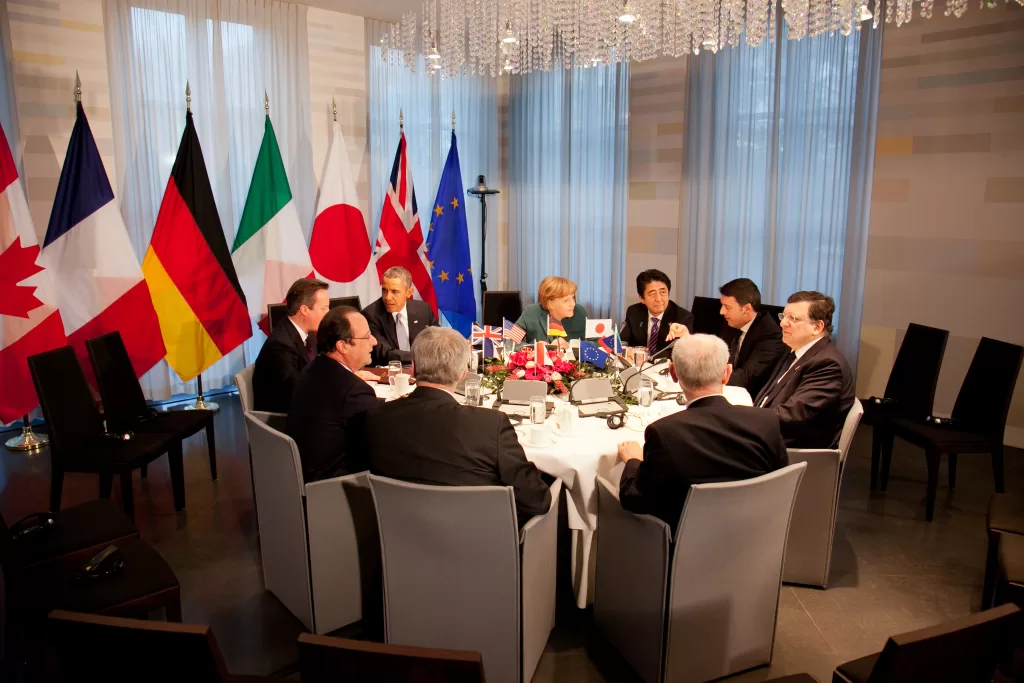
The economic diplomacy of China’s Belt and Road Initiative (BRI) has caused the West to reconsider its economic partnerships, especially with developing countries. As a result, the Partnership for Global Infrastructure and Investment (PGII) was created whose objective is to raise $200 billion for investments in global infrastructure, primarily in clean energy, healthcare systems, gender equality, and information and communication technology. The United States alongside the Group of Seven (G7) aims to raise this amount to $600 billion over the next five years through federal financing, grants, and leveraging private sector investments. The plan is to mobilize more funds from other like-minded partners, development finance institutions, multilateral development banks, and sovereign wealth funds.
Pakistan would be wise to seize the early-mover advantage as PGII or a comparable program develops to pinpoint critical areas of convergence with it and to mobilize both government-to-government and business-to-business exchanges for the same. Pakistan would also want to perceive this as enhancing rather than competing with current efforts and investments made by other nations, notably China. A scale-up of trade and investment between the two countries has been hampered by Pakistan’s weak regulatory framework, which includes ease of doing business and intellectual property rights, low participation of women, who make up about 50% of the population, and consumption-based FDI rather than export-oriented investment. Pakistan is still a desirable potential partner, though, due to its comparative advantage of having a sizable population under 30 and its potential collaboration for diversifying exports.
The United States must support Pakistan’s shift towards geo-economics and actively seek opportunities for increased interregional trade. This will undoubtedly expand the US market access to this region, and the resulting benefits could be enormous. Collaborating to improve regulatory and intellectual property rights frameworks will help Pakistan adopt innovative technologies, including “Genetically Modified Organism” (GMOs), in the agriculture sector, which will lead to more sustainable and efficient practices. To further enhance knowledge development, US business schools should form partnerships with Pakistani counterparts. Such robust efforts will undoubtedly offer both nations the chance to build expertise domestically and internationally, which could result in significant benefits for all.
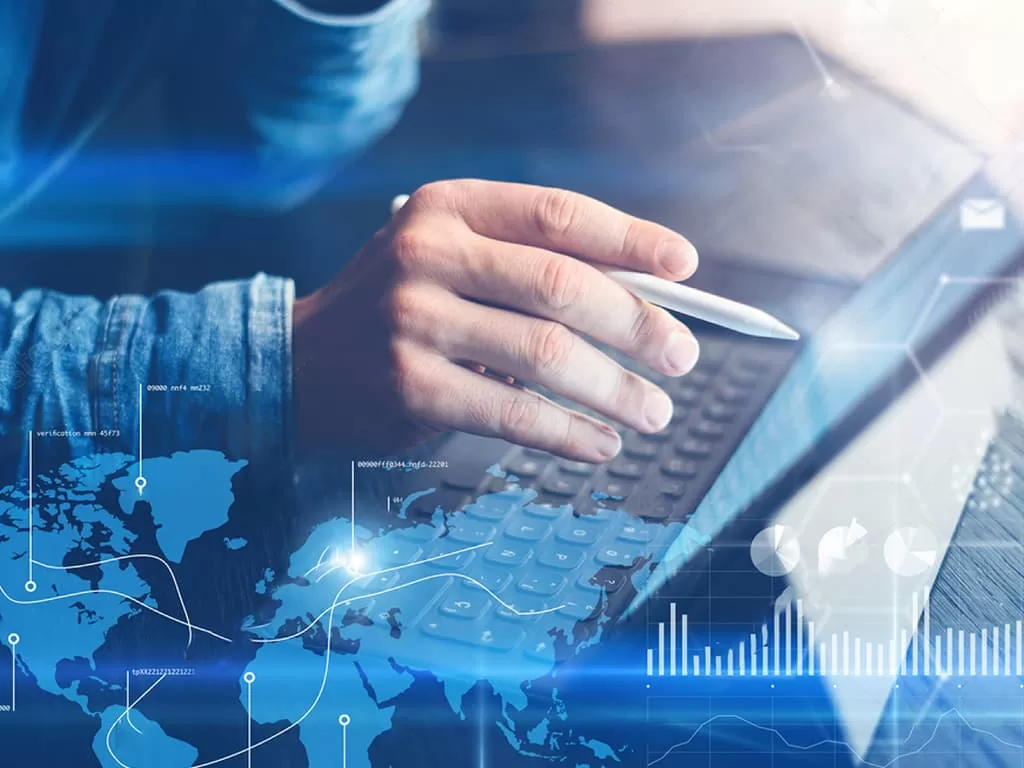
Information Technology
One of the most visible new areas of convergence between the United States and Pakistan in particular, and the West in general, is Pakistan’s Information Technology (IT) sector. There is still a significant opportunity for both countries to utilize the youth bulge in Pakistan to create the necessary people capital and skills to forge a mutually advantageous relationship, even though Pakistan’s IT sector currently exports about $1.1 billion to the U.S. annually. Additionally, U.S. businesses can profit by constructing and enhancing IT infrastructure, thereby accessing a potential market of 220 million users and bolstering the US’s position in the region within the technology race. This would also help Pakistan avoid becoming overly dependent on any one country for its technology infrastructure. With its private sector-led investment plan, the PGII has identified digital connection as one of its top priority sectors, which is also one area where the two nations may converge.
The United States visa policy appears to be a barrier to extending market access and greater peer-to-peer exchanges within the tech industry for Pakistani enterprises in general and IT in particular. Both Pakistan and the United States may use their embassies to expand their networks, boost involvement among the diaspora, generate favorable press, and ultimately push for a more effective visa system. To encourage others, particularly Saudi Arabia and the rest of the Middle East and North Africa, to make comparable investments and co-sell with Pakistan to the American and European markets, the United States can fund programs that increase the capacity for freelancing and create a favorable start-up ecosystem
Energy
Pakistan’s energy sector remains largely reliant on fossil fuels; 64 percent of installed capacity relies on nonrenewable sources for electricity generation. Pakistan has a lot of potential for green and renewable energy because the country needs energy to continue its ongoing economic expansion. Similar to Pakistan, where transport accounts for 80% of energy use and where there is a high need for public transit in urban areas. These requirements have been mostly met, thanks to China’s assistance, but there is still room for the United States to step in and fill the gap, particularly in the area of clean and renewable energy. Energy security continues to be one of the PGII’s top priorities, indicating that Pakistan might profit from the U.S. experience and a revived interest in creating clean energy, with a focus on new and emerging technologies as well as improved demand management systems.
U.S. businesses can contribute to the creation of a green public transport system in Pakistan’s urban areas while also assisting the Pakistani government in introducing and promoting grid-based and off-grid solutions for the widespread adoption of low-cost clean-energy options. The knowledge of U.S. businesses in smart grid technologies, which can lead to increased effectiveness and better demand control, can be used by Pakistan.
Cultural Ties
People-to-people interactions appear to be the relationship’s weak link between the U.S. and Pakistan. Although the Pakistani diaspora in the U.S. has been contributing to Pakistan’s economy through remittances, investment, knowledge transfer, and capacity building, and Pakistan hosts the largest Fulbright program in the world, it has not resulted in significant non-elite connections. Recently the flow of remittances has decreased. According to the Business Recorder, overseas Pakistanis in the US sent $272.3 million in June 2023, registering a year-on-year decline of 5%.
The Western principles of democracy, human rights, and liberty still have a stronghold and attraction in contrast to the alternative dictatorial models, and U.S. pop culture is quite popular in Pakistan, which can be a beginning point for developing such contacts. Art and culture can help the two nations come together and create societies that are centered on individuals, peacebuilding, and pluralism in the face of rising issues of Islamophobia and white supremacy in the United States and violent extremism and anti-Americanism in Pakistan.
According to the U.S. Bureau of Economic Analysis, the country’s arts and cultural economic activities contributed more to the country’s GDP in 2020 i.e. 4.2 percent, or U.S. $876.7 billion than transportation, warehousing, and agriculture combined. Since most of these statistics are based on exports, Pakistan, a nation of 220 million people, represents a sizable prospective market for the United States. On the other hand, both domestically and internationally, Pakistan’s creative economy is gaining popularity. For instance, young Pakistanis have achieved notable successes in music and film in 2022 alone, including Arooj Aftab’s Grammy, Coke Studio’s most recent season, Joyland by Saim Sadiq at the Cannes Film Festival, Shazia Sikander’s Fukuoka Prize, Riz Ahmed’s Oscar victory, and Ms. Marvel from the Marvel Cinematic Universe.
Pakistan is already playing its role by providing all possible facilities to the U.S. citizens in the visa process but there are certain restrictions specifically in the visa process policy of the U.S. for Pakistani citizens. Both nations should look forward to the facilitation of visa policies, university tours, exchange programs, tech conferences, and cultural heritage tourism for relevant U.S. demographics. The United States should expand its current educational initiatives and work more to promote science, technology, engineering, and mathematics (STEM) education with Pakistan, bridging the divide between academia and business in the two nations. To boost non-elite relationships and improve cultural understanding between the two nations, the United States should encourage people-to-people exchanges with Pakistan in all spheres.
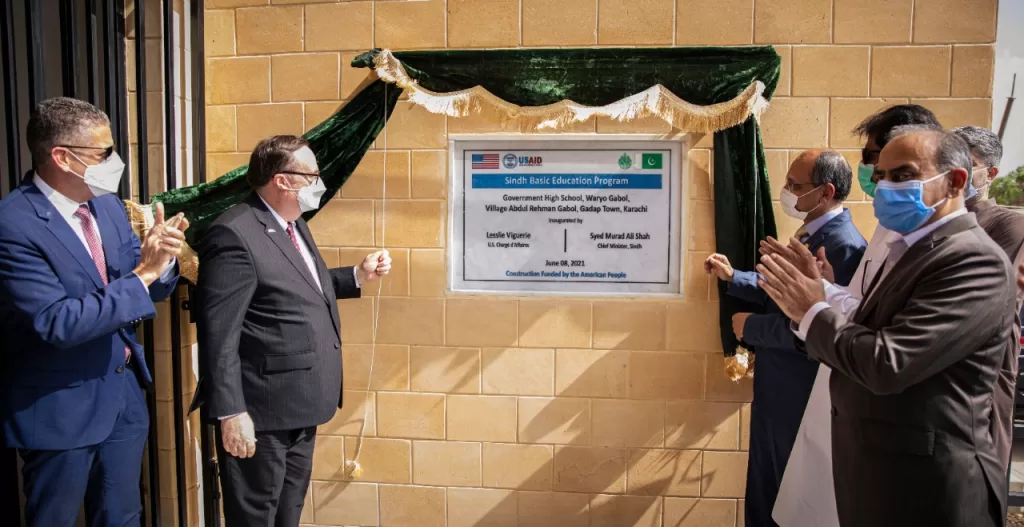
From Military to Economic Cooperation
The Pakistani army has played a crucial and complex role in relations between Pakistan and the US. The two nations’ militaries have long-standing alliances that go back to their joint efforts in Afghanistan during the Cold War to defeat the Soviet Union. Over the years, the United States has given Pakistan billions of dollars in military aid and supplies, particularly after the 9/11 attacks when Pakistan enlisted in the American-led war on terror. While the Pakistani navy and marines have taken part in international maritime operations against piracy and terrorism, the Pakistani army and air force have regularly conducted joint drills with their American counterparts.
Pakistan might look to the U.S. for assistance in dealing with its security and economic problems as well as in balancing its relations with other regional nations. The strategic interests and priorities of the two nations, as well as their human rights and democratic values, may cause them to vary and disagree. The U.S. should assist Pakistan economically rather than seeing it from the traditional security lens. The U.S. should look forward to investing more in the economy of Pakistan rather than Security aid.
Conclusion
In terms of their regional interests, particularly concerning China and India, the United States and Pakistan differ significantly. However, there are enough points of convergence, such as reducing the threat of terrorism, diversifying exports and imports, fostering multicultural and peaceful societies at home and abroad, and advancing a more resilient and sustainable global society. Furthermore, great power collaboration can help nations like Pakistan negotiate camp politics and serve as a bridge where cooperation is mutually beneficial.
To make this work, however, both the U.S. and Pakistan must reduce the security-focused ties which dominated their bilateral interactions for the past 75 years. Even though the magnitude is less than the earlier US-Pakistan dealings, only a partnership based on long-term economic links, increased human security, and deep cultural understanding of one another may be the sensible course of action in the future.
Opportunities for cooperation in renewable energy, natural gas, and other energy-related initiatives may arise given Pakistan’s expanding energy requirements and the US’s experience in that arena. The U.S. should continue to aid Pakistan in its economic and development efforts, concentrating on sectors like infrastructure, healthcare, and education. With the help of projects to focus on Technology, advancement, and trade agreements, both nations should attempt to promote regional economic integration to increase connectivity and spur economic growth in the South Asian region. To increase its geo-economics potential, Pakistan wants to serve as a pivotal point of convergence for trade and transit between Central Asia, South Asia, and the Middle East.


